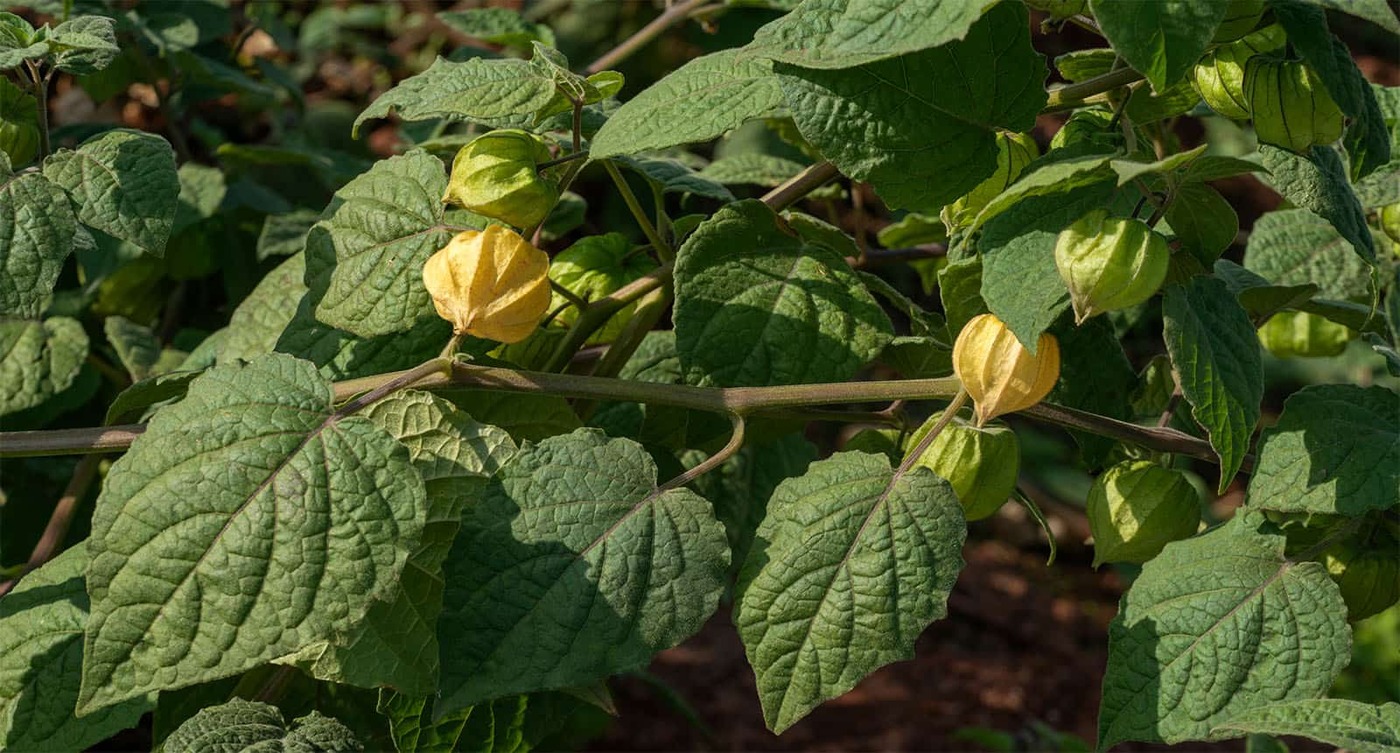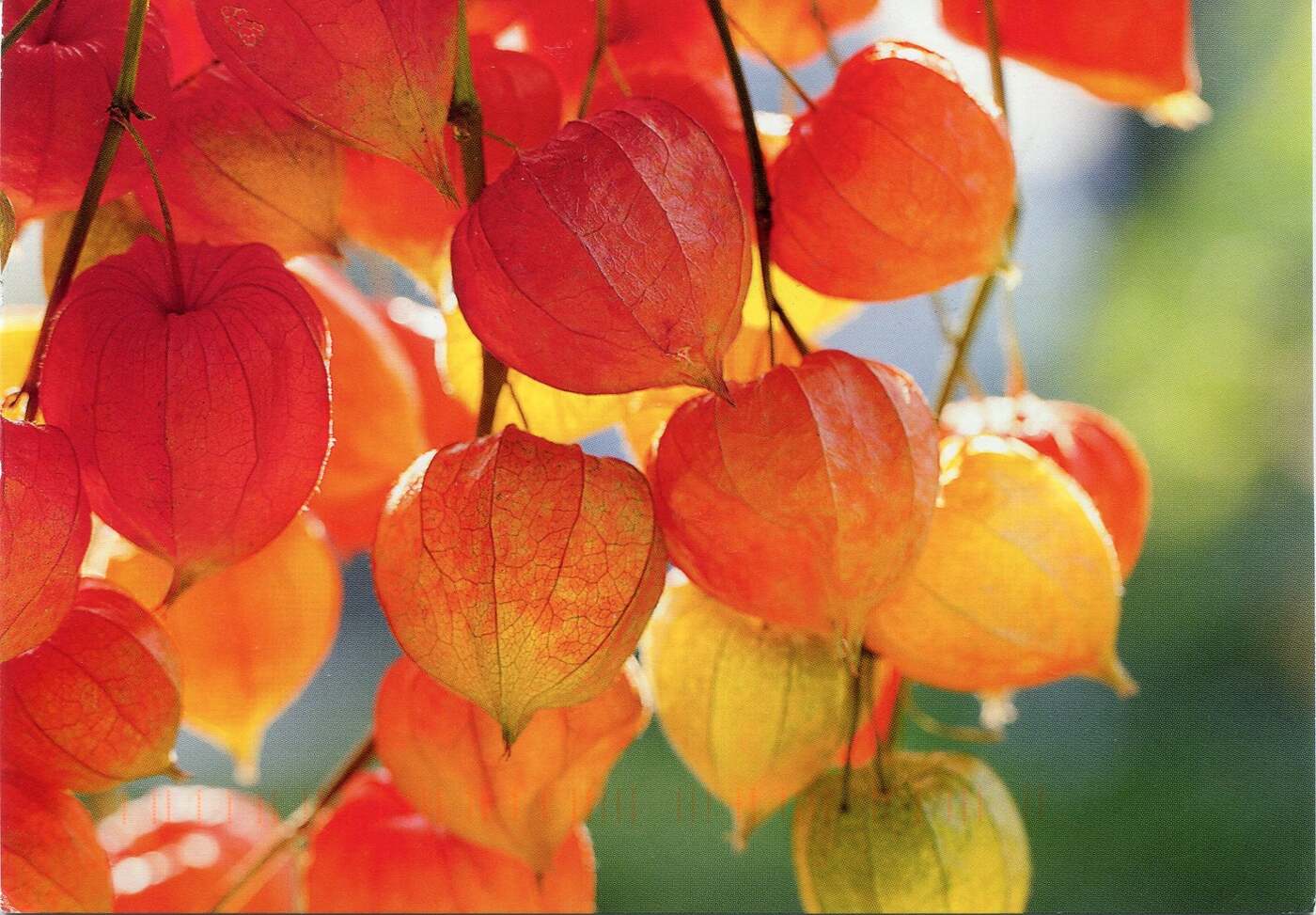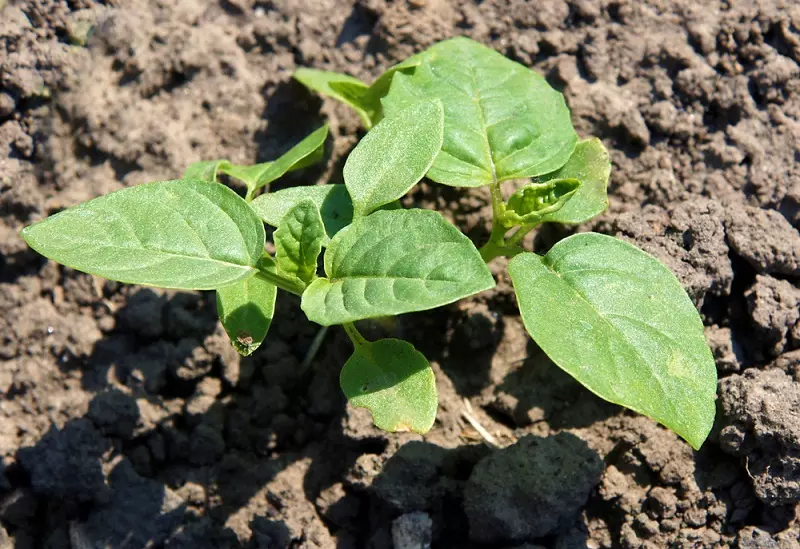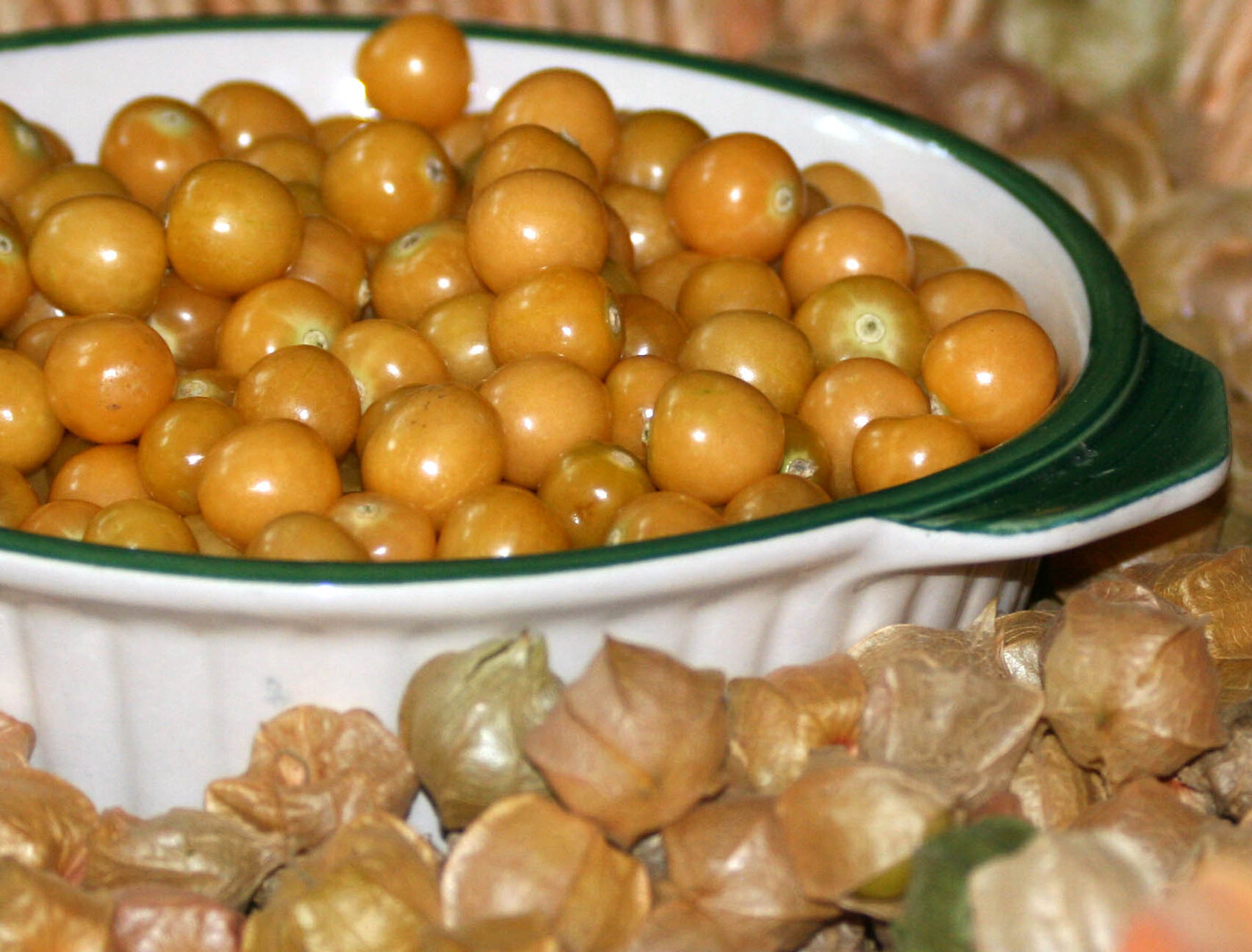Physalis - Ground Cherry Plant Care, Fruit Benefits and Taste
Physalis is a very interesting garden plant. It's easy to grow, looks intriguing and produces beneficial fruits. Are you wondering how to care for golden berries? Are you not sure which variety to pick? Check the most important information on this plant. Thanks to it, growing groundcherries will be much easier and will give you better results.

Physalis – what kind of plant is it and what does it look like?
Physalis (Physalis L.) is quite a popular plant belonging to the solanaceae family. Its natural habitat is mostly South America. Because it gained popularity over the years, it’s cultivated all over the world nowadays.
Physalis, also known as golden berry or ground cherry, has a characteristic appearance. Many people associate this plant with peculiar orange husks which contain fruits. They have many benefits.

Popular ground cherry varieties
There are many varieties of physalis. Some of them are very popular. Commonly cultivated ground cherry types include:
- Chinese lantern plant (Physalis alkekengi)
- Cape gooseberry (Physalis peruviana L.)
- Tomatillo (Physalis philadelphica Lam.)
- Golden berry ‘strawberry tomato’ (Physalis pruinosa L.)
Each of the mentioned varieties differ between each other by e.g. appearance of the flowers and husks enclosing the fruits. The two first species are the most popular, and they are frequently grown in home yards.

What’s the difference between Chinese lantern and cape gooseberry?
Chinese lantern plant (Physalis alkekengi) and cape gooseberry (Physalis peruviana L.) are the two most popular physalis varieties. They are frequently confused with each other. For this reason, before you decide to buy a particular plant – check their differences and similarities.
Both plants:
- reach up to 1 meter in size,
- bear edible fruits,
- are vulnerable to low temperatures.
The most essential distinction concerns the fruits. Cape gooseberries are very tasty. They can be eaten directly from the bush, or cooked. Cape gooseberries are often dried – in such a form, they make a perfect addition to a yogurt or oatmeal. The fruit can also be turned into jams or other preserves.
Chinese lantern berries are edible, but their taste does not encourage consumption. Interestingly enough, some sources claim that eating a lot of Chinese lantern berries might cause some health issues. But the concern involves raw fruits only. One cannot say for sure the plant is poisonous. The issue remains uncertain.

How to grow ground cherries?
Ground cherries are quite easy to grow in domestic conditions. It’s worth knowing that there are 2 methods. The first one involves sowing the plants. It’s done in large containers called seed starters. When physalis plants grow significantly, and the temperature outside is warm enough, you can plant the seedling in the ground. It’s typically done at the beginning of summer.
Another method is much easier. It involves purchasing seedlings in a gardening store or a plant nursery. Sometimes, one can find quite well-grown plants.
Ground cherry plant care and cultivation
Providing optimal conditions is the essential step of taking care of physalis plants. Interestingly enough, ground cherry is not difficult at all. You can plant a physalis in poor soil – it will grow perfectly well regardless.
Husk cherry plant is vulnerable to low temperatures, so make sure to plant it in the garden only after the risk of frost has passed. It’s usually the beginning of May or the end of July.
The plant doesn’t like too moist soil, so make sure to water it in moderation. Water retained by the soil might cause various diseases. Botrytis blight is the most dangerous one.
A physalis planted in the ground grows very fast. If you decided on more than one plant, make sure to keep enough distance between them. 40-50 cm is optimal.

Physalis – benefits of the fruits
Peruvian ground cherry (cape gooseberry) has valuable properties and is a rich source of nutrients. The fruits contain plenty of vitamins:
- A,
- B1, B2, B3,
- C.
What’s more, husk cherries also contain the following elements:
- calcium,
- iron,
- phosphorus,
- niacin,
- protein.
Peruvian golden berry has been vastly popular in recent years. Because of this, one can find many ground cherry recipes.
Are ground cherries poisonous?
There are many controversies about the edibility of physalis plants. Cape gooseberry is the best species for consumption – it’s referred to as edible, which indicates it’s safe. How about other physalis varieties? Equally popular Chinese lantern plant berries aren’t poisonous, and they can be eaten when ripe. They don’t bear many benefits, nor they are tasty, though. Other types of physalis shouldn’t be eaten.
As stressed by experts, physalis plants belong to the solanaceae family, which is quite peculiar. The fruits of these plants are edible only after fully ripening. Why? Green fruits contain a lot of alkaloids. Solanines are poisonous in high concentrations. The symptoms are stomach issues. It’s better not to risk it and avoid eating fruits if you are uncertain whether they are good to eat.
Who shouldn’t eat ground cherries?
Although cape gooseberries are very healthy – they contain a lot of vitamins and nutrients, improve digestion and lower cholesterol, they shouldn’t be eaten in some cases. It involves pregnant women and nursing mothers. They should be extra careful and exclude these fruits completely from their diet.

📍 What is ground cherry?
Ground cherries, or physalis, are peculiar plants that often appear in gardens. It has characteristic fruits that resemble cherry tomatoes – they are yellow or orange. Certain varieties of physalis bear very tasty berries which contain a lot of vitamins and minerals.
📍 How to eat golden berries?
Cape gooseberries (which are edible) can be eaten directly after picking them from the shrub. They can also be dried or turned into jam.
📍 Where to buy physalis?
Ground berry is a popular plant. You can purchase its seeds in any gardening store. If you expect quicker results, you can buy seedlings.
📍 How to eat tomatillos?
Tomatillo is perfect for eating. Interestingly enough, it's popular in Mexico. It's a common ingredient of various sauces.
Featured articles




